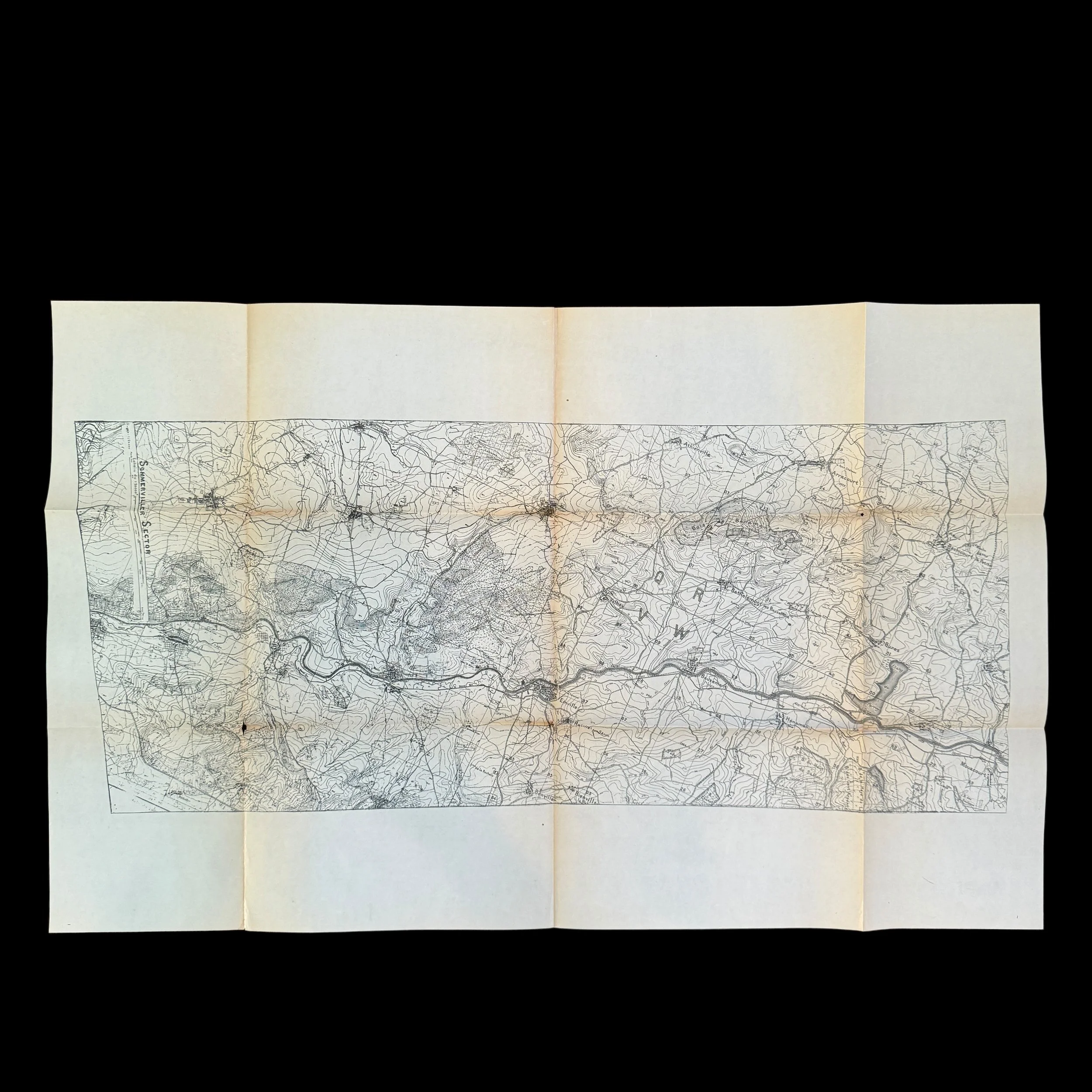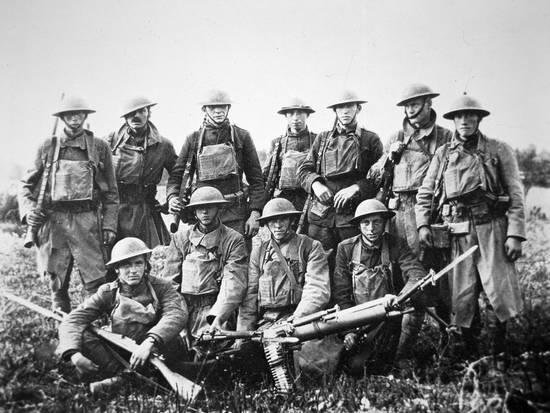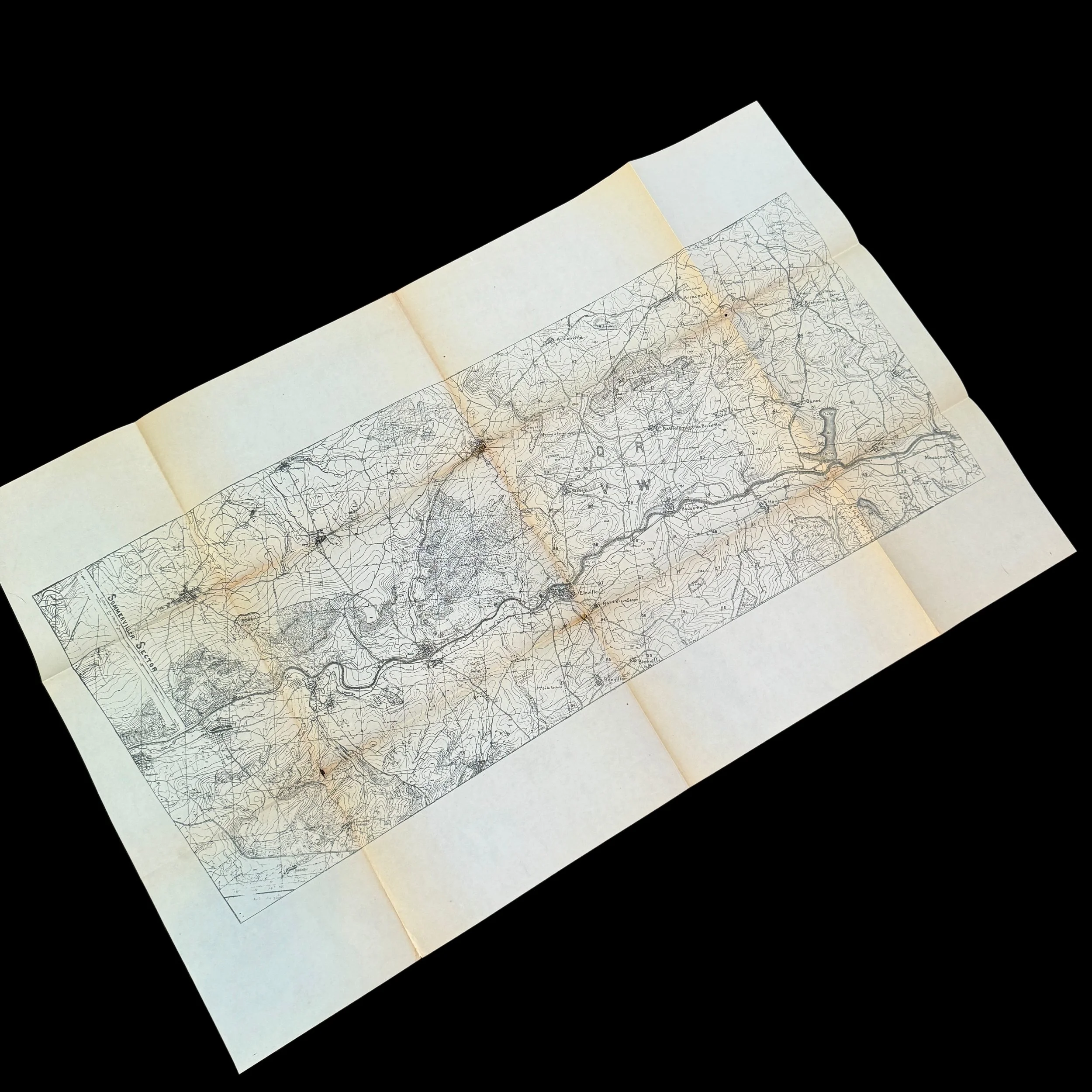RARE! World War I Sommerviller Sector Western Front Operations Map















RARE! World War I Sommerviller Sector Western Front Operations Map
Comes with a hand-signed C.O.A.
This rare and museum-grade World War I map shows the Sommerviller Sector during World War I is an often-overlooked yet significant part of the broader conflict that characterized the Western Front. Situated in northeastern France, near the border with Belgium, this sector saw its share of strategic military operations and battles, contributing to the larger Allied war effort against the Central Powers.
Geographic and Strategic Importance
The Sommerviller Sector, located in the Lorraine region of France, held strategic importance due to its proximity to the German border and key transport routes. This area was part of the broader defensive line that aimed to protect French territory from further German advances and to stage counter-offensives. The region's topography, with its rolling hills, dense forests, and the Meurthe River, provided both challenges and opportunities for military operations.
Early Engagements and the Stabilization of the Front
At the onset of the war in 1914, the German Army's rapid advance into France brought intense fighting to many sectors, including Lorraine. However, after the Battle of the Marne in September 1914, the front lines stabilized into a static trench warfare that came to define much of the Western Front.
In the early years of the war, the Sommerviller Sector saw relatively minor engagements compared to more famous battlefields like Verdun or the Somme. However, the constant trench raids, artillery duels, and skirmishes were critical in wearing down the enemy and gathering intelligence. These engagements, though smaller in scale, were vital for maintaining pressure on German forces and preventing them from reallocating troops to more critical fronts.
Major Battles and Operations
One of the significant operations in the Sommerviller Sector was part of the larger Allied offensives in 1918. The Hundred Days Offensive, which began in August 1918, marked a series of coordinated attacks by the Allies across the Western Front, aiming to break through German defenses and push towards victory.
During this period, the Sommerviller Sector saw increased activity as Allied forces launched localized attacks to tie down German reserves and disrupt their lines of communication. These operations, though not as large as the main thrusts at Amiens or Meuse-Argonne, were crucial in maintaining the overall momentum of the Allied advance.
Participation of Divisions
Several divisions played significant roles in the Sommerviller Sector, providing a blend of French, American, and British forces working in coordination. Among the notable American units was the 5th Division, known as the "Red Diamond" division. This unit, part of the American Expeditionary Forces (AEF), arrived in France in 1918 and was involved in several key operations.
The 5th Division's time in the Sommerviller Sector was marked by continuous trench warfare, where they conducted numerous raids and defensive operations. Their efforts in this sector were instrumental in training and acclimating American troops to the rigors of front-line combat in the unique conditions of the Western Front. The division's participation helped to fortify the sector and support the broader strategic goals of the Allied forces.
The Role of Logistics and Engineering
In addition to frontline combat, the Sommerviller Sector was a hub for logistical and engineering efforts essential to the war effort. The construction and maintenance of trenches, supply depots, and transport networks were critical in sustaining the troops and ensuring the smooth flow of reinforcements and supplies.
The work of engineering units in the Sommerviller Sector cannot be overstated. They repaired and built roads, bridges, and railways, facilitating the movement of artillery and other essential resources. This logistical backbone was vital for the success of operations in the sector and the larger Allied strategy.
Impact on the Local Population
The prolonged presence of military operations in the Sommerviller Sector had a profound impact on the local civilian population. The constant threat of artillery bombardments, the requisitioning of resources, and the displacement of communities were harsh realities for those living in the region. Despite these hardships, the resilience of the local population provided crucial support to the Allied war effort, through both direct assistance and the provision of local knowledge.
The Sommerviller Sector, though not as well-known as other areas of the Western Front, played a significant role in World War I. The battles and operations conducted in this sector, coupled with the contributions of various divisions, exemplify the complexity and scale of the conflict. The strategic importance of the region, combined with the relentless efforts of Allied forces, contributed to the eventual victory over the Central Powers. Understanding the events and dynamics of the Sommerviller Sector provides a deeper appreciation of the multifaceted nature of World War I and the myriad contributions that led to its conclusion.